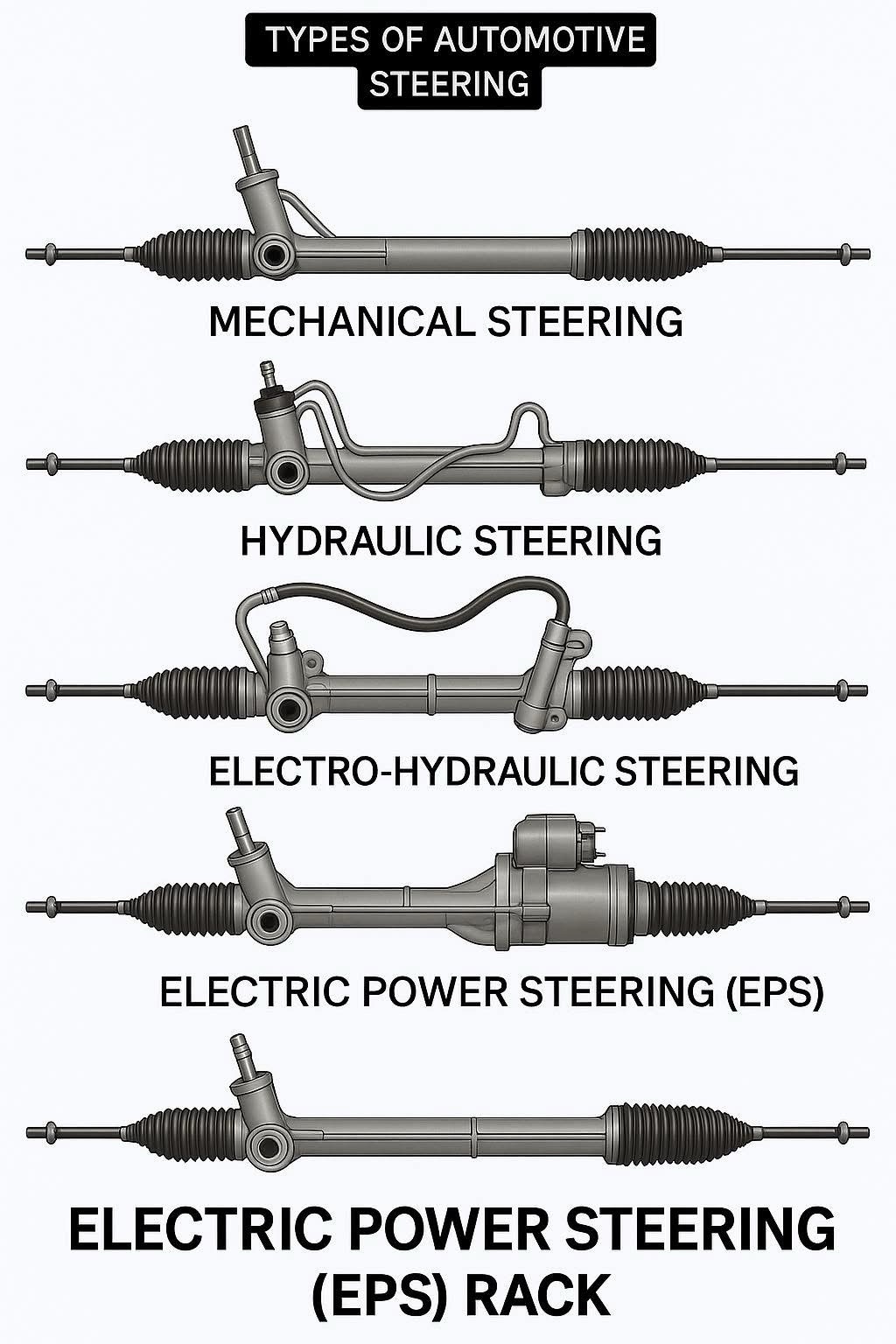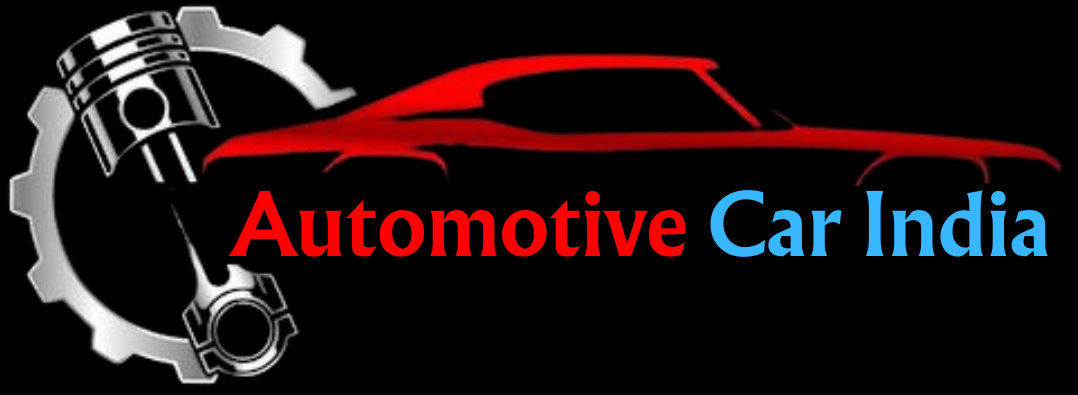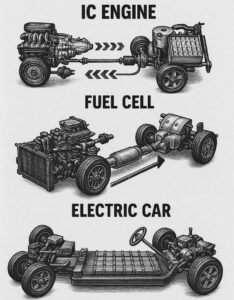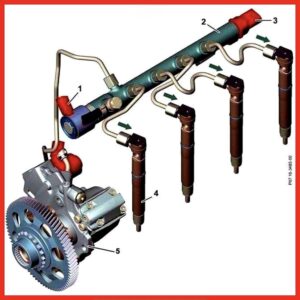
Different Types of Automotive Steering Systems Explained!

🚗 Different Types of Automotive Steering Systems Explained!
The steering system lets the driver control the direction of the vehicle. Over the years, various systems have been developed to improve precision, safety, and ease of use. Here’s a breakdown:
Manual Steering System 🛠️
Fully mechanical, uses gears and linkages Driver provides all steering force Simple and low-cost but heavy to steer at low speeds
Power Steering System ⚡
Uses hydraulic or electric assist Reduces driver effort, especially at low speeds Most common in modern vehicles
Hydraulic Power Steering (HPS) 💧
Uses hydraulic fluid pressure from a pump Smooth but consumes engine power Maintenance needed for fluid and seals
Electric Power Steering (EPS) 🔌
Uses electric motor and sensors More fuel-efficient than HPS Offers features like lane assist and self-parking
Electro-Hydraulic Steering 🧪
Hybrid of HPS and EPS Electric motor drives the hydraulic pump Combines the smoothness of HPS with the efficiency of EPS
Four-Wheel Steering (4WS) 🔄
Rear wheels also turn (in same or opposite direction) Improves maneuverability and high-speed stability Found in high-end cars and trucks
Rack and Pinion Steering ⚙️
Converts rotational motion into linear motion Compact, direct, and widely used in passenger vehicles
✅ Why It Matters:
The right steering system improves safety, fuel efficiency, handling, and comfort. Understanding your system helps with better maintenance and smarter upgrades.
#SteeringSystem #AutomotiveTech #PowerSteering #VehicleControl #CarMechanics #DriveSmart



